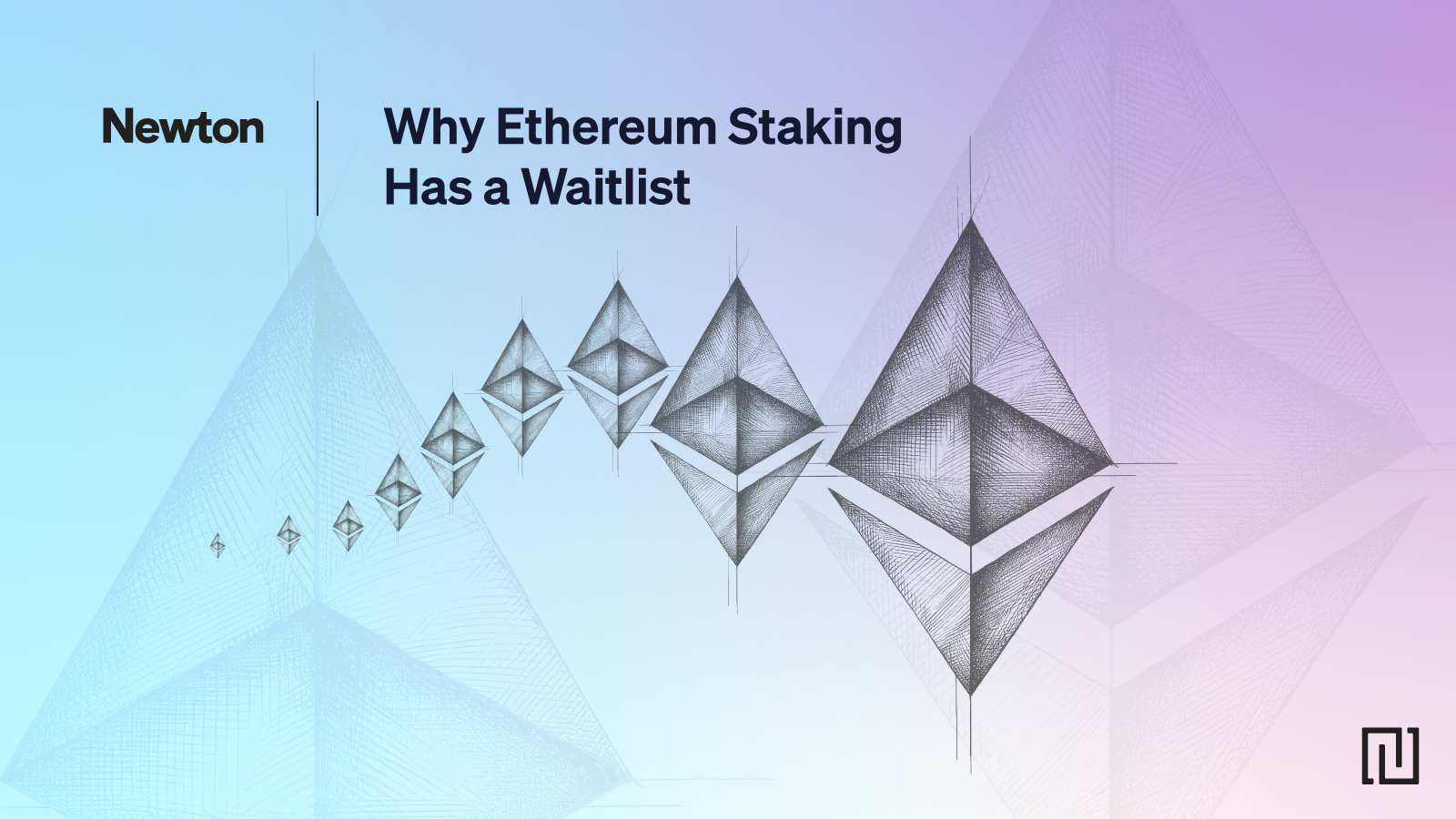

Ethereum (ETH) staking has become so popular it now comes with a lineup. Much like the new hot spot on a Saturday night, the cue is a sign of strong demand, and not a design flaw. There is one line everyone stands in and this single, first-come-first-served queue does not allow stakers to skip ahead regardless of how much ETH they want to lock up.
For those new to crypto’s terminology, staking is when you lock your coins or tokens in a blockchain protocol to support a validator or, in some instances, multiple validators. On Ethereum, each validator must lock at least 32 ETH in a staking contract as part of the participation requirements. On open source networks validators play an important role in helping to secure the network.
At the time of writing this blog, the Ethereum exit queue was 39 days and 6 hours, and the entry queue was 21 days and 22 hours. There were 1,017,138 active validators and 35.6 million ETH staked. With such a long cue we thought we should take a look and share some of the reasons behind the high demand leading to these longer times.
Analysts have been noticing Digital Asset Treasuries (DATs) have been entering these lines. Increased regulatory clarity has accelerated institutional adoption, and companies are beginning to hold crypto on their balance sheets, treating tokens as productive assets.
On the Unchained podcast, Leeor Shimron, Head of U.S. at institutional staking provider Chorus One, shared his analysis on what is causing the wait times and what stakers should expect now that Ethereum has migrated from Proof of Work to Proof of Stake. The change, known as The Merge, marked one of the most significant upgrades in blockchain history and replaced Ethereum’s energy-intensive mining with a validator model where ETH holders help secure the network by staking their tokens.
He says there are a few drivers:
Shimron said whether the markets continue to follow a four-year cycle remains to be seen but historically, when ETH rises in price, staking demand tends to rise along with it.
For decentralized protocol users, the growing queues mainly affect timing and flexibility. If you stake directly, it may take several weeks before your ETH becomes active and begins earning rewards. Similarly, if you choose to unstake, your funds will remain locked until they reach the front of the exit queue.
If you stake through a centralized service like Newton, you usually do not personally wait in the validator queue. The platform handles the staking operations on your behalf. This means your rewards typically start sooner, but your experience depends on the exchange’s internal processes rather than Ethereum’s public queue. For more details on Newton specific warm up and cool down periods please visit our knowledge base articles here.
To learn more about staking click here and read our Staking 101 Guide.